Crown Jewel Gardenia – 1 Gallon Pot
$34.85 Original price was: $34.85.$24.40Current price is: $24.40.
SKU: D2LSC 0248523387 Categories: Gardenias, SHRUBS & BUSHES
- 7 days return and exchange
- 100% Quality Satisfaction
- Shop with Confidence
- No Compromise on Quality

Crown Jewel Gardenia
Gardenia jasminoides ‘Crown Jewel’
Plant Details
USDA Plant Hardiness Zones: 7a-10b Find Your Zone
Plant Type: Evergreen Flowering Shrub
Height at Maturity: 2-3′
Width at Maturity: 3-4′
Spacing: 2.5-3′ for solid hedges; 6’+ for space between plants
Growth Habit / Form: Dense, Spreading, Mounding
Flower Color: White
Flower Size: 2-3″
Flowering Period: Mid- to Late-Spring, Summer, Fall in containers
Flower Type: Double, crown-shaped
Fragrant Flowers: Yes – extremely fragrant!
Foliage Color: Dark Green
Fragrant Foliage: No
Berries: No
Berry Color: NA
Sun Needs: Morning Sun with Afternoon Shade or Filtered Sun, All Day Filtered Sun
Water Needs: Average, lower when established
Soil Type: Clay (amended), Loam, Sand (amended), Silt
Soil Moisture / Drainage: Well Drained Moist
Soil pH: 4.5 – 6.0 (Acid)
Maintenance / Care: Low
Attracts: Visual Attention
Resistances: Deer, Drought (when established), Heat, Humidity, Insect
Description
The most royal among all gardenias and one of if not the most cold hardy, Crown Jewel is prized for its exceptional cold hardiness as far north as USDA Zone 6a, its dwarf mounding form 2 to 3 feet tall and 3 to 4 feet wide, and the abundant, heavily fragrant and majestic crown-shaped double flowers, hence the name. The flowers appear in late spring and early summer standing out nicely against the deep green foliage, which doesn’t fade at all during winter in our gardens. Though it blooms on old wood, a light pruning after flowering encourages a second round of summer flowers on new growth. We love this gardenia and think you will too. Plant it near patios, decks, porches and other outdoor areas where you can enjoy the flowers and sweet aroma from close up.
Landscape & Garden Uses
Growing to 2-3 feet tall and 3-4 feet wide, the Crown Jewel Gardenia is ideal for use as an accent, in groupings or as a wonderfully fragrant low border or hedge hedge in home foundation plantings and landscape borders. Because gardenias like a break from the midday afternoon sun and cold northwesterly winds, they are best planted on the east side of the home or other structures. Needless to say gardenias are a perfect fit for sensory gardens and near windows or outdoor living spaces where the fragrance can be enjoyed. Also a fine addition to white theme gardens and tropical look gardens.
Suggested Spacing: 2.5 to 3 feet for solid hedge; 6 feet or more apart for space between plants
Growing Preferences
Gardenia are exceptionally easy to grow in moist but well-drained soils of average fertility and part sun, preferably morning sun with some shade or filtered sun in the mid afternoon hours. The east side of the home or other tall structure is a perfect spot. As with so many other ornamental plants, constantly soggy or wet soils can cause root rot or other plant diseases. Prune lightly after flowering to encourage a second round of summer blooms. Feed with an acid-forming plant food that contains Sulfur and Iron. In neutral to alkaline soils apply additional Soil Sulfur and/or Iron if necessary for deep greening and heavier bloom.
Soil pH is important!
To flower their best and maintain deep green foliage color, all Gardenia require an acid to moderately acid soil ranging from 4.5 to 6.0 on the pH scale. If your soil is alkaline foliage will turn pale-green to yellow and flowering will be diminished.
Soil pH is a measurement of the alkalinity or acidity of soil and is measured on a scale of 1-14, with 7 as the neutral mark. Any measurement below 7 indicates acid soil conditions, and anything above 7 indicates alkaline. If you’re unsure about the pH of your soil and whether or not it’s suitable for growing Gardenia it’s a good idea to test the soil pH in the planting area. You can quickly test soil pH with an inexpensive soil pH tester probe. To raise the pH (make more alkaline) you can add pelletized limestone to the soil. To lower the pH (make more acid) you can apply Soil Sulfur, Aluminum Sulfate, or Chelated Iron. Adding organic compost to the soil or using compost as mulch can also help to increase acidity and maintain acid soil conditions.
Learn More: What is Soil pH & How To Test & Adjust It
Helpful Articles
Click on the link below to find helpful advice from our experts on how to plant, fertilize, prune and water Gardenia plants…
How To Plant & Care For Gardenias
Plant Long & Prosper!
Meet The Wilson Brothers & Staff
Questions? Contact Us
Be the first to review “Crown Jewel Gardenia – 1 Gallon Pot” Cancel reply
Related products
New
SHRUBS & BUSHES
New
New
SHRUBS & BUSHES
New
New
SHRUBS & BUSHES
New
Azaleas
New
Camellias
New



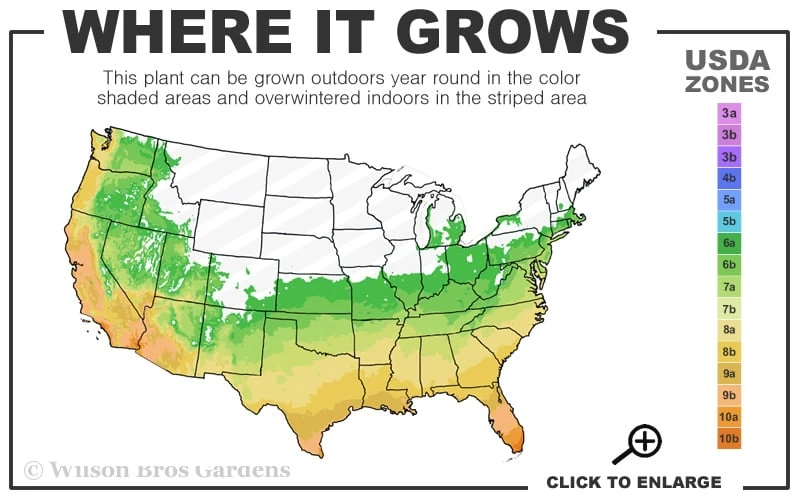



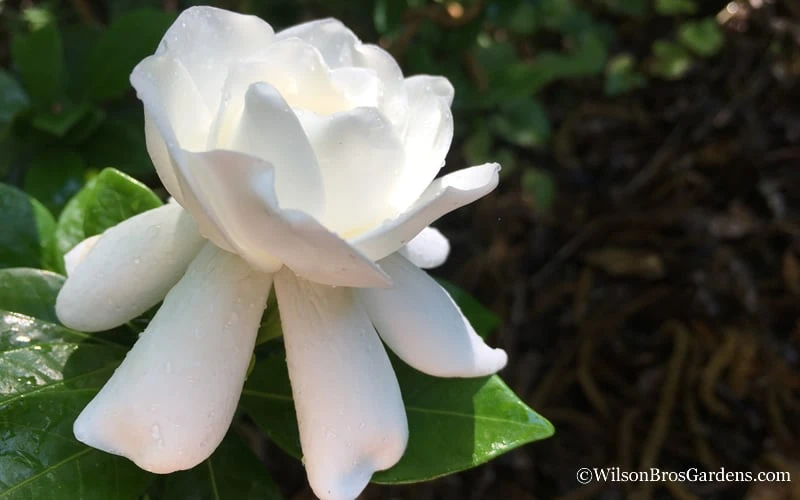

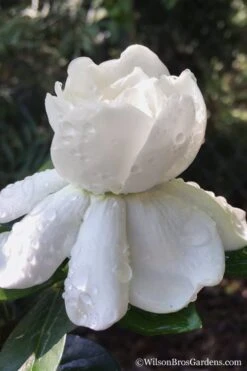
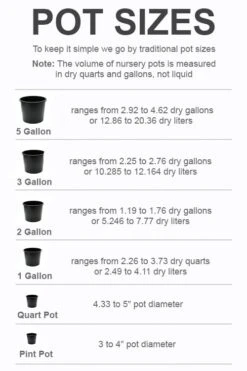
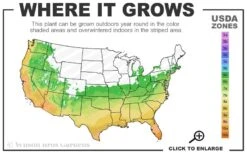
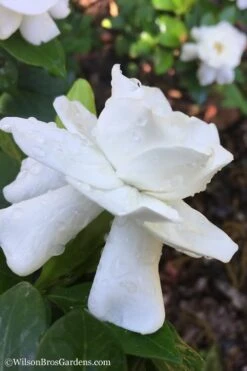

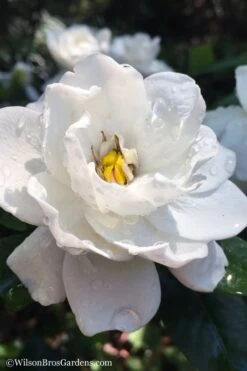
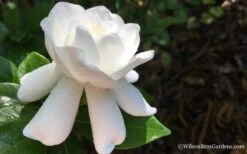

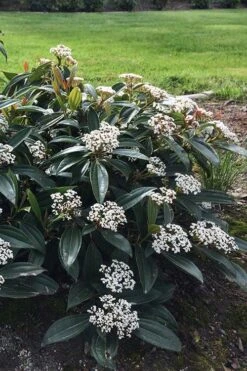

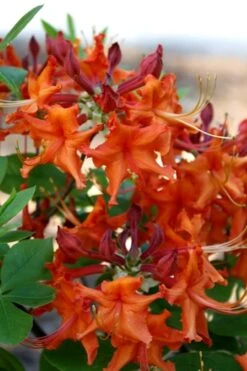



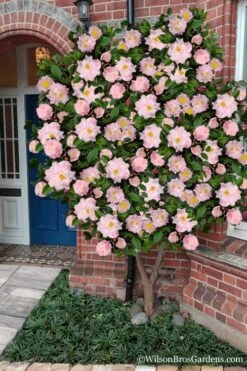
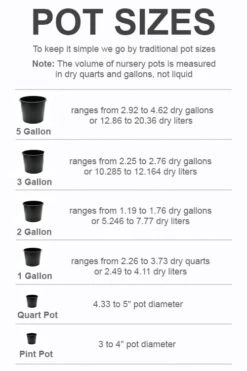

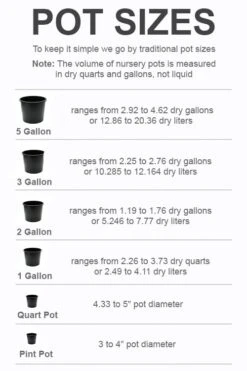
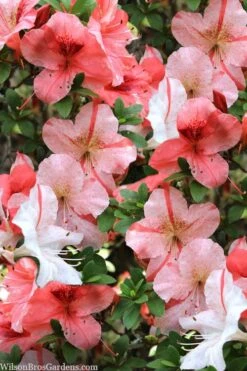
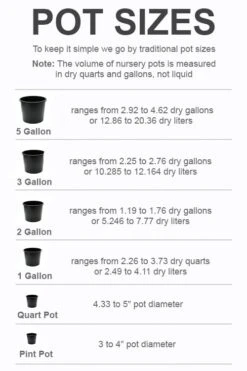
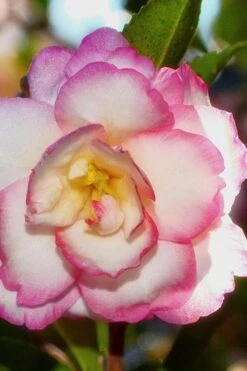
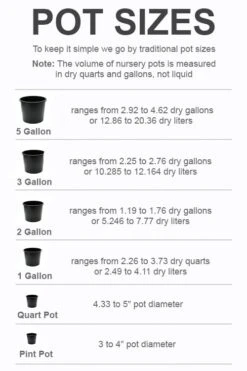

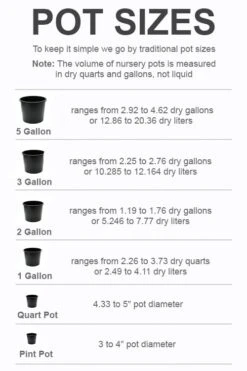
Reviews
There are no reviews yet.